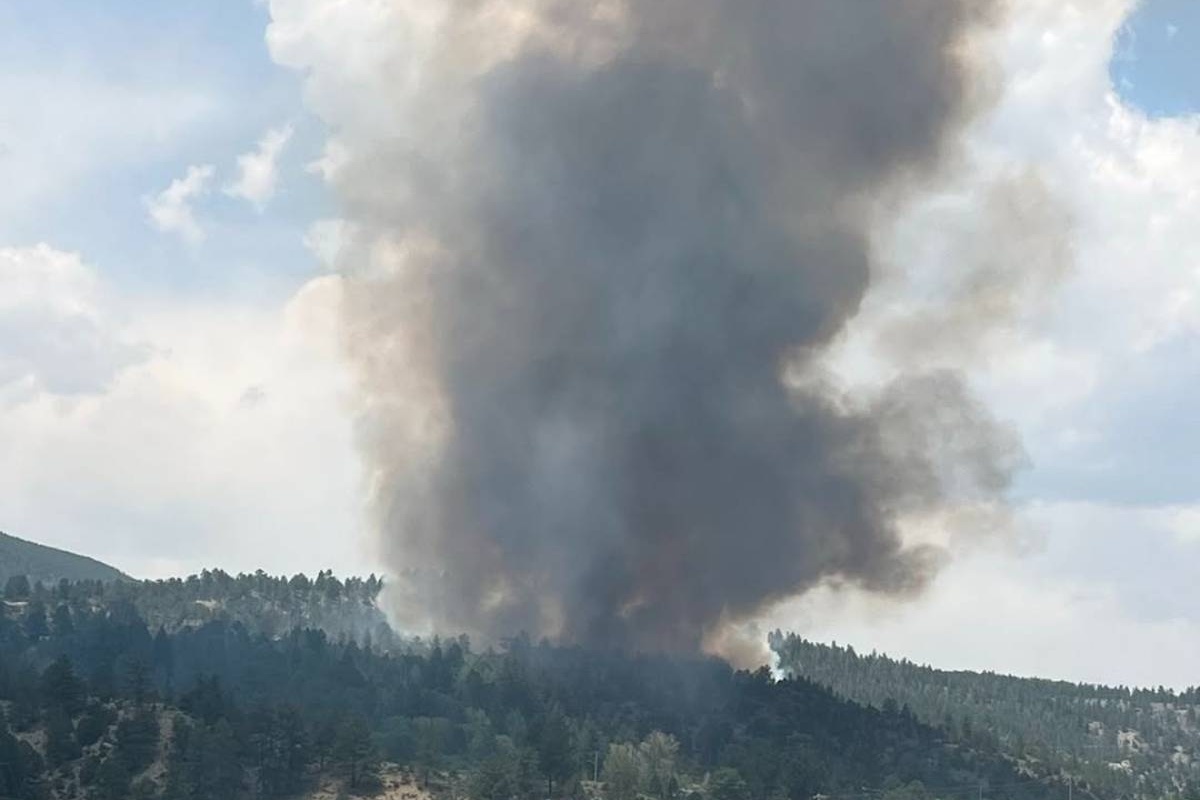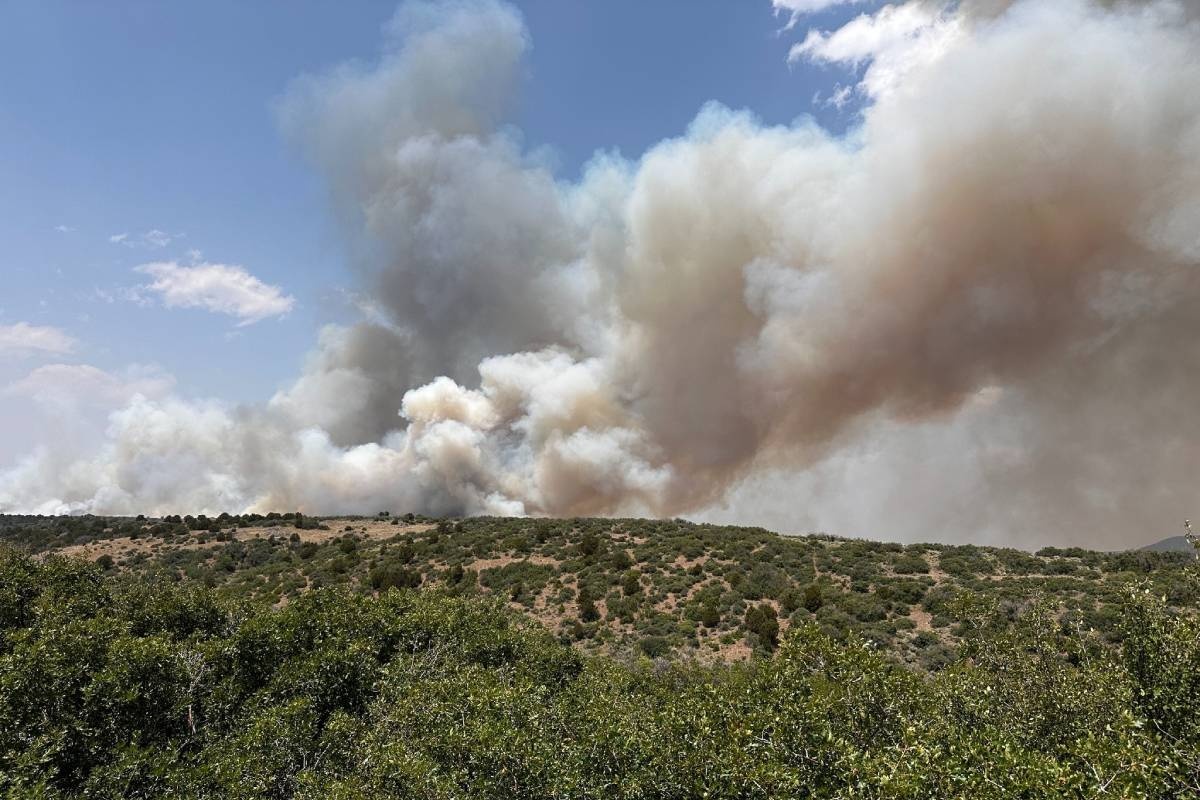
This week on Looking Up we learn about Ceres, an object first thought to be a planet, then designated an asteroid, and now considered to be a dwarf planet.
Can I be Ceres for a moment? I want to talk to you about the planet, I mean asteroid, I mean dwarf planet, visible in southern Colorado skies right now. In 1801, a Sicilian astronomer went looking for what was thought to be a missing planet between Mars and Jupiter. And there he found the object we today call Ceres.
It’s not quite bright enough to see with the naked eye, but a small to medium telescope will let you take a look at it, somewhat to the east of the Pleiades in our night sky.
This very interesting space ball, 590 miles across, was initially designated as a planet. After additional discoveries in that same area of ultimately thousands of smaller objects, Ceres was demoted to asteroid status. In 2006, in the wake of Pluto’s demotion to dwarf planet, Ceres was, you might say, promoted to dwarf planet. It is the largest object in the asteroid belt, containing roughly 1/3 of the total mass of the belt, and the arrival of the Dawn spacecraft last year gave is our first up-close look at this remarkable object.
As it approached Ceres, Dawn sent back remarkable pictures. They showed Ceres to be an oblate spheroid, bulging out at the equator a little bit. This, and other discoveries, hinted at something truly remarkable. It’s possible Ceres’ mass is up to ¼ water! That would mean that this dwarf planet could well have more water than the Earth. This is in line with the theory that we got our water early on in the solar system’s formation, from comets and asteroids whacking into us.
You may have seen the remarkable, some might say spooky, pictures of the bright spots on Ceres that the Dawn spacecraft sent back. The most famous looked almost like a pair of headlights looking back at us from inside the crater. Closer images suggest that these are large deposits of salts, similar to Epsom salts on Earth, which may have sprayed up from the wet interior of the dwarf planet. And if you plan to vacation on Ceres, you may want to take along your lead underwear. There is some evidence of plutonium, thorium, and other radioactive elements, which is one of the reasons lots of scientists and engineers are seriously looking at mining objects in the asteroid belt in the decades to come. Pretty Ceres stuff.
If you’d like to take a closer look at Ceres, or any of the other wonderful and amazing things in the sky, please visit CSASTRO.org for a link to information on our monthly meetings and our free public star parties!
This is Hal Bidlack for the Colorado Springs Astronomical Society, telling you to keep looking up, Southern Colorado!








